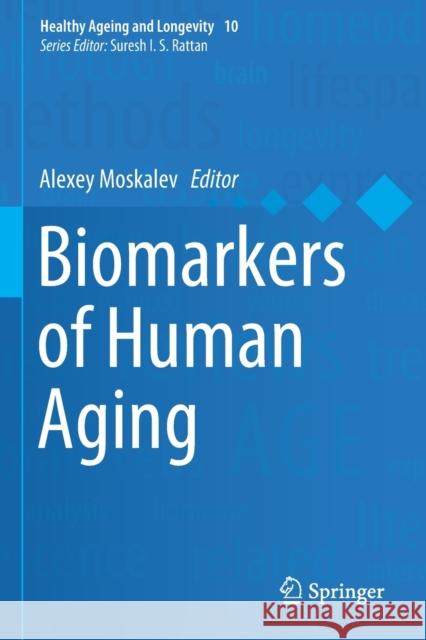Biomarkers of Human Aging » książka
topmenu
Biomarkers of Human Aging
ISBN-13: 9783030249724 / Angielski / Miękka / 2020 / 421 str.
Biomarkers of Human Aging
ISBN-13: 9783030249724 / Angielski / Miękka / 2020 / 421 str.
cena 685,93
(netto: 653,27 VAT: 5%)
Najniższa cena z 30 dni: 655,41
(netto: 653,27 VAT: 5%)
Najniższa cena z 30 dni: 655,41
Termin realizacji zamówienia:
ok. 22 dni roboczych.
ok. 22 dni roboczych.
Darmowa dostawa!
Kategorie BISAC:
Wydawca:
Springer
Seria wydawnicza:
Język:
Angielski
ISBN-13:
9783030249724
Rok wydania:
2020
Wydanie:
2019
Numer serii:
000763106
Ilość stron:
421
Waga:
0.60 kg
Wymiary:
23.39 x 15.6 x 2.24
Oprawa:
Miękka
Wolumenów:
01
Dodatkowe informacje:
Wydanie ilustrowane











